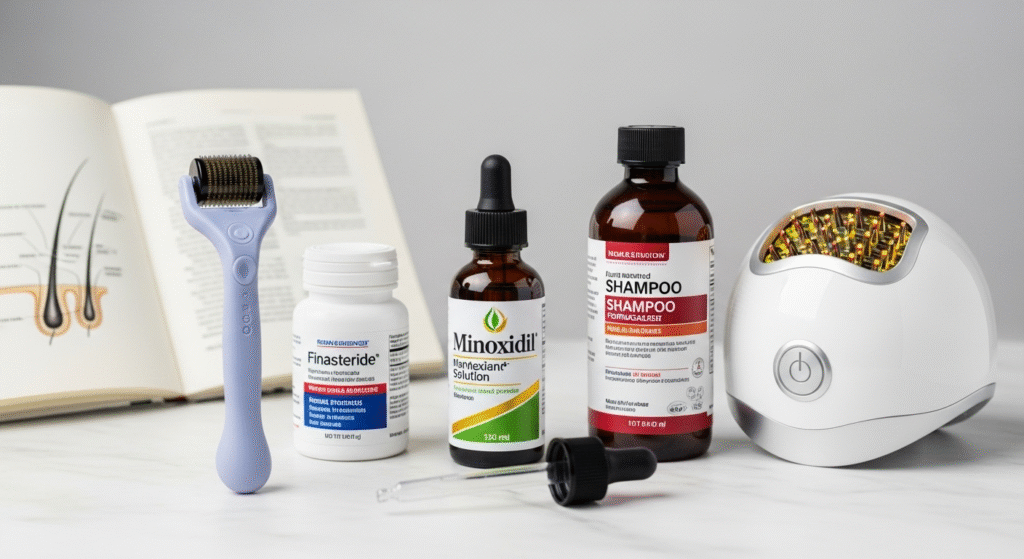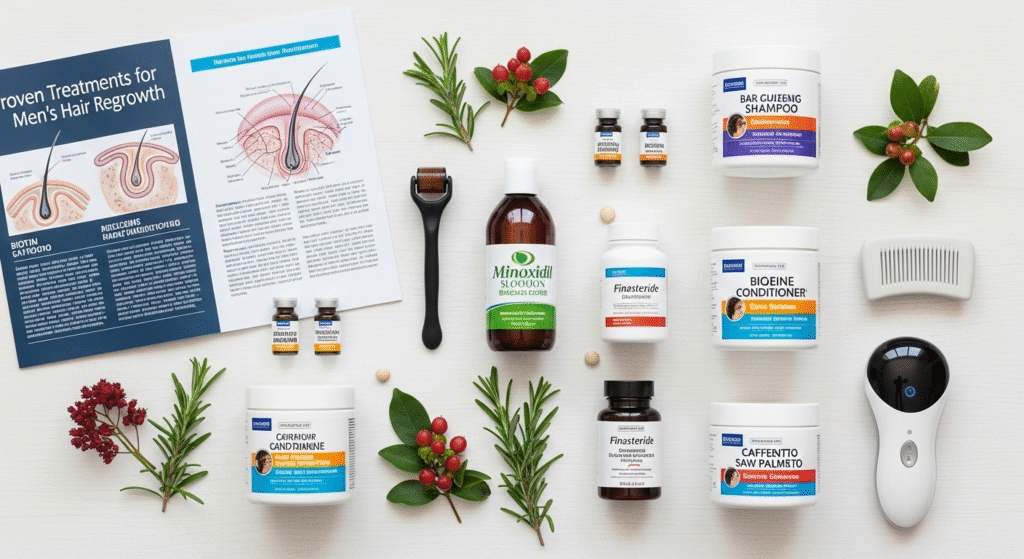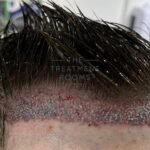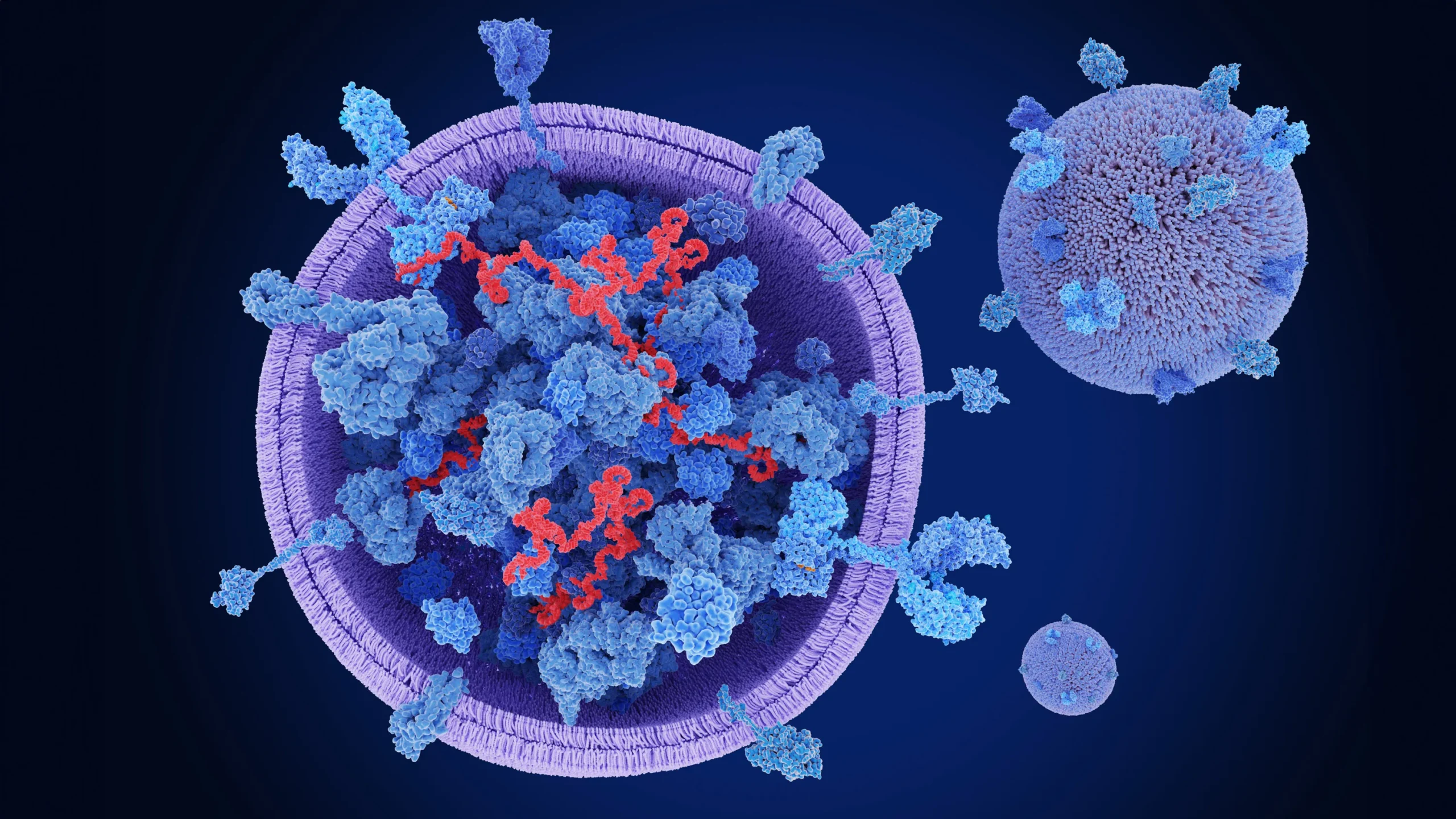Hair loss is one of the most common concerns for men worldwide, affecting not just appearance but also confidence and self-esteem. If you’ve noticed your hairline receding or thinning patches appearing on your scalp, you’re not alone — and more importantly, you’re not without options. This comprehensive guide will walk you through the real, science-backed …
Hair loss is one of the most common concerns for men worldwide, affecting not just appearance but also confidence and self-esteem. If you’ve noticed your hairline receding or thinning patches appearing on your scalp, you’re not alone — and more importantly, you’re not without options.
This comprehensive guide will walk you through the real, science-backed treatments for men hair regrowth. From medical solutions approved by dermatologists to lifestyle strategies that support long-term results, you’ll discover exactly what works, why it works, and how to start seeing changes.
By the end, you’ll have the knowledge to make informed decisions and take back control over your hair and your confidence.

Understanding Why Hair Loss Happens in Men
Before jumping into regrowth treatments, it’s important to understand why hair loss happens in the first place. Hair loss in men can be gradual, sudden, or occur in specific patterns, and knowing the underlying cause is the first step to finding an effective solution.
The Most Common Types of Hair Loss
The most common form of hair loss in men is Androgenetic Alopecia, also known as male pattern baldness. This condition is largely hereditary and is caused by sensitivity to a hormone called dihydrotestosterone (DHT). Over time, DHT shrinks the hair follicles, making each strand thinner until growth stops completely.
Another type is Telogen Effluvium, which is not permanent and is often triggered by factors such as severe stress, illness, surgery, or nutritional deficiencies. This condition causes more hairs than usual to enter the shedding phase at once, leading to noticeable thinning.
Other causes can include autoimmune conditions like alopecia areata, fungal infections of the scalp, and certain medications or medical treatments.
Key Contributing Factors Men Hair Regrowth
- Genetics – Family history is a strong predictor. If close relatives experienced early hair loss, your chances increase significantly.
- Hormonal Imbalance – Higher levels of DHT can accelerate hair follicle miniaturization.
- Lifestyle Triggers – Stress, smoking, poor diet, and insufficient sleep can worsen hair loss.
- Medical Issues – Thyroid disorders, anemia, or scalp infections can contribute to thinning hair.
Proven Treatments for Men’s Hair Regrowth

The good news is that multiple scientifically proven treatments can help restore hair in men. Some are available over the counter, while others require a prescription or professional procedure.
Minoxidil
Minoxidil is a topical solution or foam that is applied directly to the scalp. It works by improving blood flow to the hair follicles, which helps extend the growth phase of the hair cycle. Typically, it is applied twice daily to the affected areas.
Results are not immediate — most men begin to see noticeable regrowth after three to six months, with full benefits often seen after 12 to 18 months of consistent use. The key is persistence; stopping the treatment usually leads to a gradual loss of the newly grown hair.
Finasteride
Finasteride is an oral prescription medication that works internally by blocking the conversion of testosterone to DHT. By reducing DHT levels, it prevents further shrinking of hair follicles and allows for regrowth in some cases.
Most men notice results within three to six months, but continuous use is necessary to maintain the gains. While generally safe, finasteride may cause side effects in a small percentage of men, such as reduced libido or mood changes.
Platelet-Rich Plasma (PRP) Therapy
PRP therapy involves drawing a small amount of the patient’s blood, processing it to concentrate the platelets, and injecting it into the scalp. Platelets contain growth factors that can stimulate hair follicles and encourage regrowth. PRP sessions are usually performed monthly for three to six months, followed by maintenance treatments.
Low-Level Light Therapy (LLLT)
This treatment uses laser caps, helmets, or comb devices that emit low-level light to stimulate follicle activity. It is non-invasive and can be used at home or in a clinic. Many patients use LLLT in combination with minoxidil or finasteride for enhanced results.
Microneedling
Microneedling involves using a device with tiny needles to create micro-injuries in the scalp. This process stimulates healing and increases the absorption of topical treatments like minoxidil, improving their effectiveness.
Holistic and Lifestyle Approaches to Stimulate Regrowth
While medical treatments are powerful, they work best when supported by a healthy lifestyle.
Diet and Nutrition
Hair is made of a protein called keratin, so a protein-rich diet is essential for healthy growth. Include foods like eggs, lean meats, fish, legumes, and nuts. Iron, zinc, and vitamin D deficiencies are also linked to hair loss, so maintaining adequate levels of these nutrients is vital. Supplements such as biotin can help if you are deficient, but they are not a magic cure on their own.
Stress Management and Sleep
Chronic stress can cause or worsen hair loss by increasing cortisol levels in the body. Techniques such as meditation, yoga, or deep breathing exercises can reduce stress. Aim for seven to nine hours of quality sleep each night to support the body’s repair and growth processes.
Scalp Care
A clean, healthy scalp is the foundation for hair regrowth. Use gentle shampoos that do not strip away natural oils, and consider ones with active ingredients like ketoconazole or caffeine that can support scalp health. Regular scalp massages improve blood circulation, which in turn nourishes hair follicles.
Setting Realistic Expectations and Timelines
Hair regrowth is a gradual process, and results vary from person to person.
- Minoxidil – Early signs in 3–4 months; more visible results after 12 months.
- Finasteride – Noticeable changes in 3–6 months; full results in 6–12 months.
- PRP Therapy – Some thickening may be seen within 1–3 months; better density after 6–9 months.
Consistency is the most important factor. Stopping treatment will almost always reverse progress.
FAQs
Once hair is gone, it never comes back.
Early intervention can restore thinning hair in many cases.
Shampooing too often causes hair loss.
Washing your hair removes weak hairs that were already in the shedding phase — it does not cause loss.
Natural oils can reverse baldness.
While oils can improve scalp health, no oil has been proven to regrow hair once follicles are inactive.
Ready To Take Your Next Step
Hair loss can feel discouraging, but modern treatments have made it possible for many men to maintain and even regrow their hair. The key is identifying the cause early, choosing a treatment plan that fits your lifestyle, and sticking with it consistently. Combining medical treatments with healthy lifestyle habits creates the best chance for long-term success.
If you’re serious about regaining thicker, fuller hair, consider booking a consultation with Dr. Uzma Irfan, an ISHRS-certified surgeon in Islamabad today, who can assess your condition and design a personalized regrowth plan. The sooner you start, the better your chances of keeping and restoring your hair.






